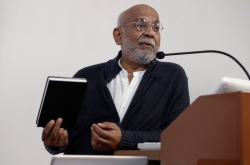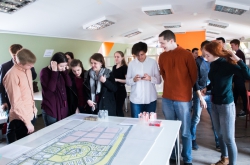- To some, it may seem that all urban specialists do is design cycling infrastructure. What do they really do?
- How do urban specialists know the proper ways of organizing public spaces and living environments?
- If there exists accurate knowledge on how to design public spaces, why are Russian cities ever so gloomy?
- How does people’s attitude towards the issues of urban science change and why have people started paying more attention to what surrounds them?
- Is there a possibility that the issue of people’s comfort will once become a priority in urban planning?
- What are the steps that researchers, architects, municipal authorities, and citizens can take to make it so?
To some, it may seem that all urban specialists do is design cycling infrastructure. What do they really do?

Partially, the media is to blame for such associations, as they often mention urban science in connection with fancy modern urban solutions. On the international level, specialists who are referred to as “urbanists” in Russia are usually called “urban planners”.
In reality, they possess lots of interdisciplinary knowledge and competencies in researching cities and processes that take place in them, analyzing urban data, forecasting, and development planning. This has to do both with tasks that would seem somewhat abstract from a layman's standpoint, like strategic regional planning, and quite comprehensible ones like the design of comfortable public spaces.
In most cases, urban planners have keen knowledge of the general challenges that modern cities face, and have deeper knowledge and competencies in a narrower professional field. The urban science of today is a synthesis of IT, urban planning, economics, sociology, ecology, and many other sciences.
How do urban specialists know the proper ways of organizing public spaces and living environments?

Any decisions must be based on research results and analytics. For this reason, professionals don’t make subjective decisions despite their vast experience.
If it's the design of public spaces that we’re talking about, then you need to not only collect and analyze the data on the territory and the objects there, as well as various socioeconomic parameters, but also work with the locals: learn who they are, understand their perception of the place, their expectations, and needs. Ideally, projects have to be developed in collaboration with the communities and citizens involved – this is called participatory planning.
If there exists accurate knowledge on how to design public spaces, why are Russian cities ever so gloomy?
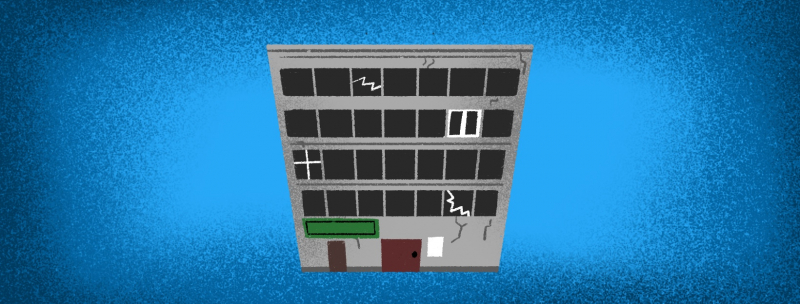
The issue here is who has this knowledge. In order for the urban spaces not to be so dull, both the contractor and the customer have to possess the essential knowledge and competencies. In an ideal world, the latter includes both the “official” customer, i.e. the authorities, and the actual customers – the people for whom everything is done in the first place.
Without a well-organized dialog and mutual understanding between the parties, getting a good result may be troublesome. Funding is another important thing, but in this case, we’re rather talking about the complexity and the scale of solutions. One can always start with “quick victories” – affordable and simple but visible changes with obvious benefits.
A good example of this is the renovation of Sennaya Square. After rows of kiosks were removed several years back, lots of questions remained open: the abundance of advertising, the deficit of greenery and seating. The administration had plans for a full-scale renovation (that didn't really account for pedestrians' comfort), but it didn’t have the spare billions for it. So they only renovated the pavement, placed benches and trees in planters near the subway entrances, cleaned the front pieces from unauthorized constructions and somewhat renewed them. The expenses on this were a lot less than that of a full-scale renovation, but the benefit for the citizens and tourists was obvious.
How does people’s attitude towards the issues of urban science change and why have people started paying more attention to what surrounds them?
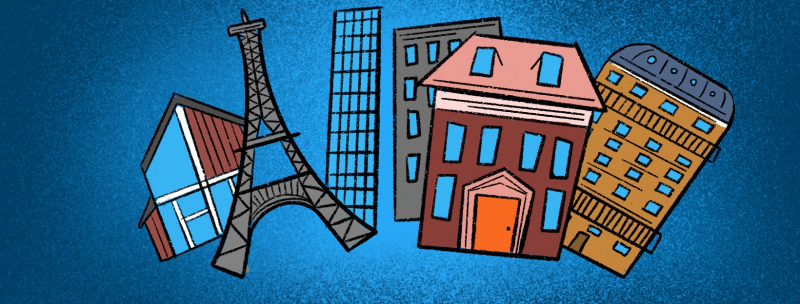
The interest of the general public in urban science has definitely grown over the last decade. There can be several reasons behind that. One is that many people had the chance to see various cities in different parts of the world and compare the urban environment in Russia and abroad. Also, a new generation has grown up that perceives the city as something they associate themselves with, much as their homes. They feel responsible for it and think they have the right to ask for moreParticipatory projects have become an essential aspect of urban planning in many cities. For example, in Sydney, the government holds special public space ideas competitions and in Barcelona, they involve citizens in the monitoring of urban development projects in each of the city’s districts.
In Russia, there’s a federal program aimed at creating a comfortable urban environment with regard to citizens’ demands. Then again, there’s often no understanding of how to implement such projects at the local level, so the program is subject to criticism, including that of the professional community – for its organizational, financial, and coordinational deficiencies.
A good example of positive changes in urban environments that are based on a meaningful dialog and work with citizens’ demands is Your budget, a project that’s been developing in St. Petersburg for five years already. It implies a complete cycle of working with citizen initiatives that includes their deep involvement in the process. Participating citizens attend lectures and get assistance in presenting their ideas as well as assessing them from the financial and legal standpoints; then, their ideas are implemented at the city’s expense. As a result, they succeed in doing things that the authorities couldn’t complete in years of operating in their regular mode. Among notable examples are the city’s first bike path on the Fontanka Embankment that no one would’ve ever created without the citizens’ initiative, as well as the introduction of a separate waste collection system at schools of the Vasilyevsky Island. Now, we can't be impressed by cycling infrastructure and separate waste collection, but four years ago these projects were trend-setting.
Is there a possibility that the issue of people’s comfort will once become a priority in urban planning?
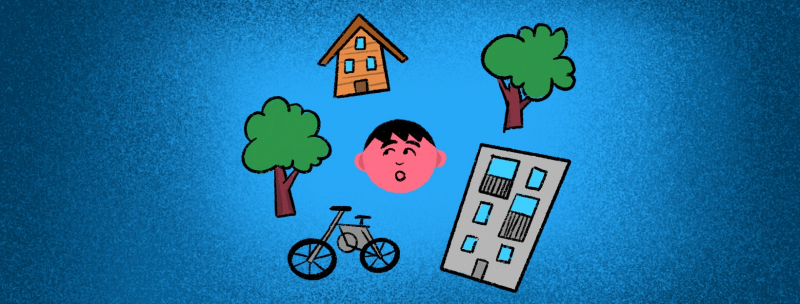
Participatory projects have become an essential aspect of urban planning in many cities. For example, in Sydney, the government holds special public space ideas competitions and in Barcelona, they involve citizens in the monitoring of urban development projects in each of the city’s districts.
In Russia, there’s a federal program aimed at creating a comfortable urban environment with regard to citizens’ demands. Then again, there’s often no understanding of how to implement such projects at the local level, so the program is subject to criticism, including that of the professional community – for its organizational, financial, and coordinational deficiencies.
A good example of positive changes in urban environments that are based on a meaningful dialog and work with citizens’ demands is Your budget, a project that’s been developing in St. Petersburg for five years already. It implies a complete cycle of working with citizen initiatives that includes their deep involvement in the process. Participating citizens attend lectures and get assistance in presenting their ideas as well as assessing them from the financial and legal standpoints; then, their ideas are implemented at the city’s expense. As a result, they succeed in doing things that the authorities couldn’t complete in years of operating in their regular mode. Among notable examples are the city’s first bike path on the Fontanka Embankment that no one would’ve ever created without the citizens’ initiative, as well as the introduction of a separate waste collection system at schools of the Vasilyevsky Island. Now, we can't be impressed by cycling infrastructure and separate waste collection, but four years ago these projects were trend-setting.
What are the steps that researchers, architects, municipal authorities, and citizens can take to make people’s comfort a priority?

Citizens have to understand that in this case, they are the main source of the society’s request for turning our cities into comfortable living environments. It can be individual queries to the authorities on problem territories, involvement in participatory projects, or even participation in online polls on the issues of urban development.
The authorities should learn to work with such queries in a correct manner and perceive citizens as the customers and target audience of urban development. And modern urban planners are to help in these initiatives as those who know how to manage participatory projects.



